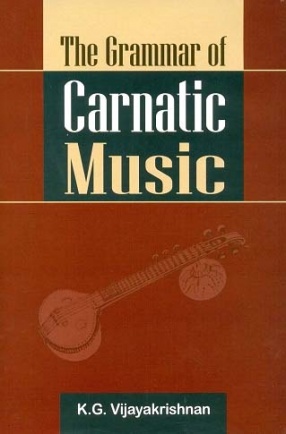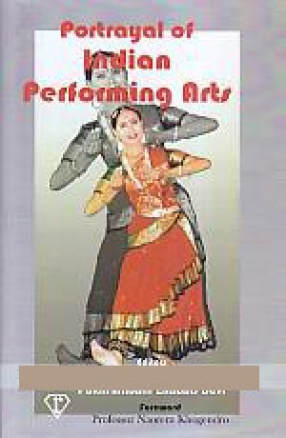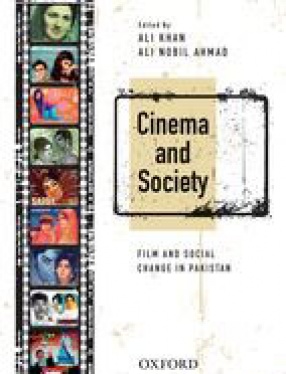This book argues that Carnatic music as it is practiced today can be traced to the musical practices of early/mid-eighteenth century. Earlier varieties or incarnations of Indian music elaborately described in many musical treatises are only of historical relevance today as the music described is quite different from current practices. It is argued that earlier varieties may not have survived because they failed to meet the three crucial requirements for a language-like organism to survive, i.e., a robust community of practitioners/listeners which the author calls the Carnatic Music Fraternity, a sizeable body of musical texts and a felt communicative need. In fact, the central thesis of the book is that Carnatic music, like language, survived and evolved from early/mid-eighteenth century when these three requirements were met for the first time in the history of Indian music.
The Grammar of Carnatic Music (With CD)
In stock
Free & Quick Delivery Worldwide
reviews
Bibliographic information
Title
The Grammar of Carnatic Music (With CD)
Author
Edition
1st ed.
Publisher
ISBN
9788121512336
Length
xiv+342p., Illustrations; 25cm.
Subjects





There are no reviews yet.